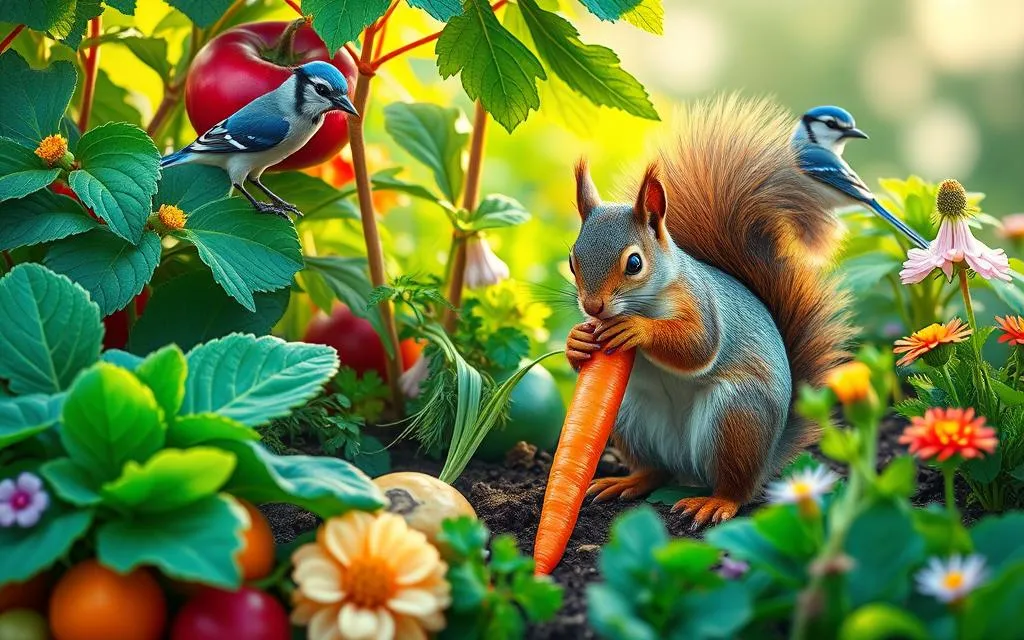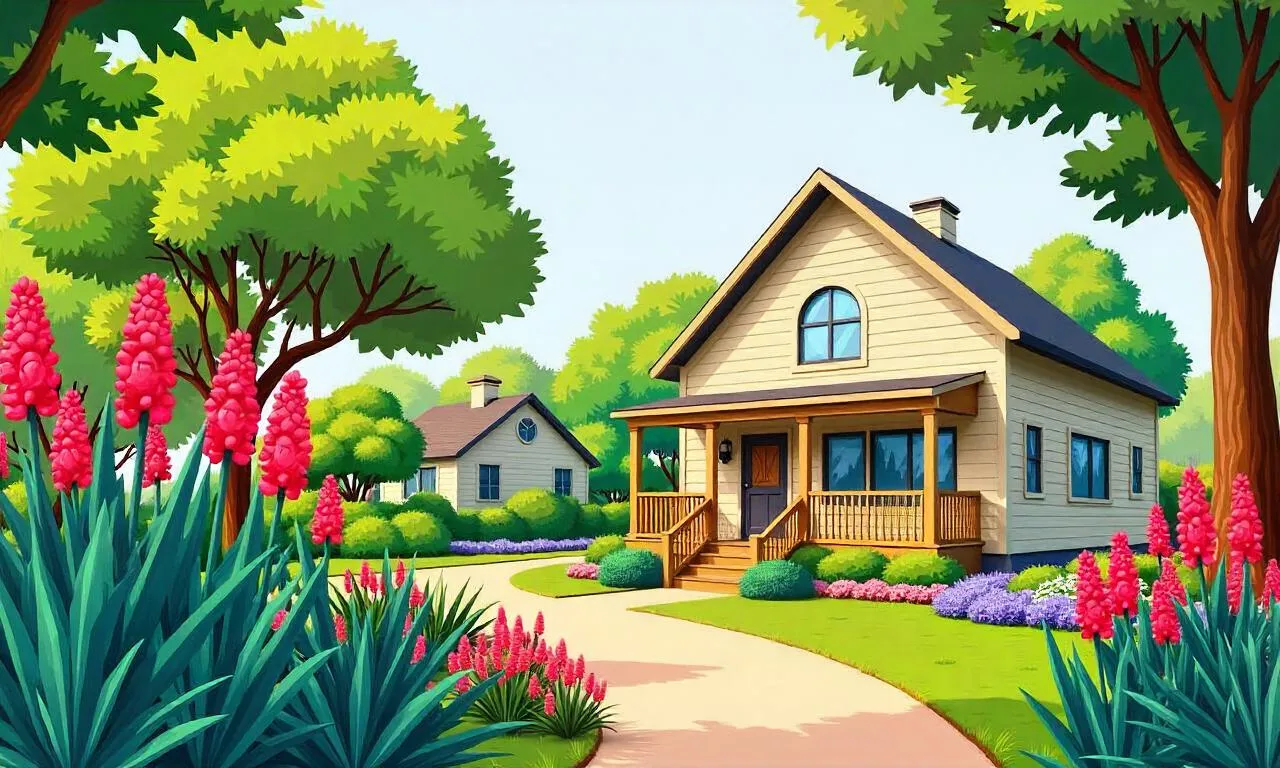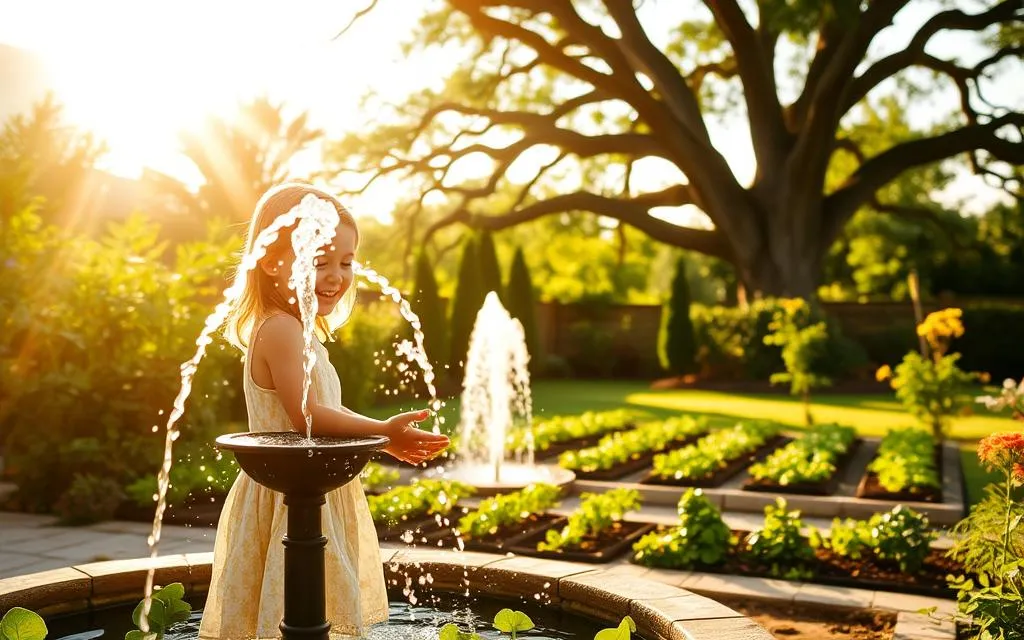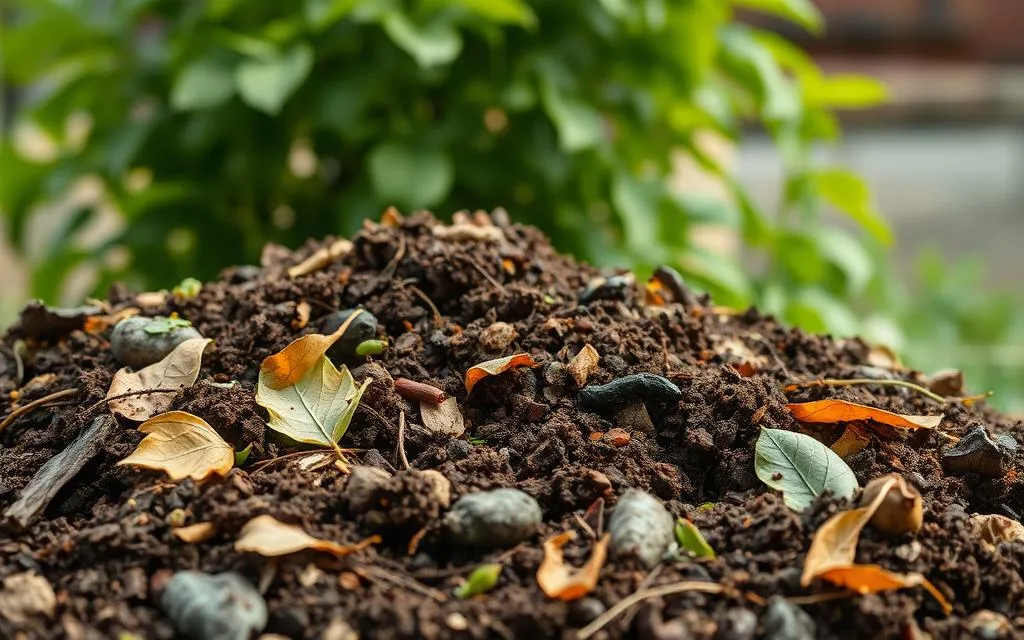Gardeners often struggle to keep their vegetable patches safe from pests. Squirrels and blue jays are two common culprits with big appetites. This article will show you how to spot if these creatures are eating your veggies.
Whether you’re an experienced gardener or new to it, knowing how to spot signs of squirrel or blue jay activity is key. We’ll give you tips on how to watch for these pests and protect your garden. By the end, you’ll know how to keep your garden safe from these pests.
With this guide, you’ll learn to identify the pests, use humane deterrents, and keep your garden safe. Let’s get started and make sure your garden’s hard work pays off!
Table of Contents
ToggleIntroduction: Protecting Your Veggie Patch
Keeping a vegetable garden healthy takes effort, especially in fighting off pests. Knowing who these pests are, like squirrels and blue jays, helps protect your garden. We’ll look at why it’s important to spot these pests and understand their ways.
The Importance of Identifying Garden Pests
It’s key to know who’s eating your garden to stop them. By learning about pests’ habits, we can keep them away. This means using the right barriers, repellents, or other safe ways to keep them out.
Common Garden Offenders: Squirrels and Blue Jays
Squirrels and blue jays are big trouble for gardens. They can destroy your hard work, stealing seeds and eating your veggies. Squirrels dig up seeds and eat mature veggies. Blue jays are bold and can grab fruit right from the plant.
Knowing about garden pests, like squirrels and blue jays, is crucial. By understanding their actions, you can protect your garden. This way, you can enjoy a full harvest.
Signs of Squirrel or Blue Jay Damage
It’s important to know the signs of squirrel or blue jay activity in your garden. This helps you figure out who is eating your veggies. Look for gnawed stems and seed husks to spot the culprits.
Squirrels often chew on vegetables, fruits, and nuts. They have sharp teeth that make clean cuts on stems. You might also see seed shells or nutshells around plants, as they eat the inside and leave the rest.
Blue jays, on the other hand, make a mess. Their sharp beaks tear through food, leaving rough edges. They also bury or hide extra food, so you might find hidden fruits and veggies in your garden.
| Squirrel Damage | Blue Jay Damage |
|---|---|
|
|
By watching your garden closely, you can tell if squirrels or blue jays are eating your veggies. This lets you take steps to protect your garden.
How to Determine Squirrels or Blue Jays Harming Garden Veggies
Protecting your vegetable garden from pests is a big task. It’s important to know who is causing the damage. Squirrels and blue jays are often the culprits. Here’s how to figure out which one is in your garden.
Observe Their Behavior and Patterns
Start by watching how they act and what they do. See when and where you spot squirrels or blue jays in your garden. Are they out during the day or at night? Do they like certain spots or plants more? These clues can help you identify the pest.
Look for Physical Evidence
Look for signs they’ve been there too. Squirrels bury nuts and seeds, leaving holes or dirt piles. Blue jays leave behind fruit or veggie pieces and droppings.
By checking the damage and signs, you can guess who’s causing trouble. Then, you can protect your garden better.
Set Up a Monitoring System
Use cameras or watch your garden at different times to confirm your suspicions. This helps you see what these pests do. With this info, you can take steps to stop them.
Figuring out if squirrels or blue jays are harming your garden is key to keeping your crops safe. Use observation, signs, and monitoring to identify the pest. Then, you can protect your garden effectively.
Observe Their Behavior and Patterns
Watching squirrels and blue jays in your garden can tell you a lot about plant damage. By paying attention to their actions, we can figure out if they are eating our veggies. This helps us know when and where they are most active.
When and Where Do You Notice Them Most?
Look closely at when and where you see squirrels and blue jays in your garden. Are they busy in the morning, afternoon, or evening? Do they like certain spots, like near bird feeders or vegetable beds? Knowing this helps us understand how to keep our plants safe.
Keep a journal of what you see. Make sure to include these details:
- Time of day when you see them
- Specific areas of the garden they frequent
- Their behaviors, such as digging, foraging, or carrying away food
- Any interactions with other animals or birds in the area
By watching squirrels and blue jays closely, we can learn how to protect our garden. This way, we can save our veggies and fruits from damage.

Look for Physical Evidence
Watching squirrels and blue jays in your garden is important. But, don’t forget to look for the signs they leave behind. These signs can tell you a lot about their visits and the damage they’ve done to your garden.
Telltale Signs of Squirrel or Blue Jay Activity
Signs like gnawed stems and seed husks show squirrels or blue jays have been around. Here are some common signs to watch for:
- Chewed or stripped bark on tree trunks and branches
- Partially eaten fruits, vegetables, or nuts, often with distinctive tooth marks
- Piles of discarded seed husks or nut shells around the base of plants
- Disturbed soil or mulch, indicating the animals have been digging or burrowing
- Damaged or missing bulbs, tubers, or roots
- Shredded or torn leaves, stems, or flowers
By looking closely at your garden, you can find clues about the physical signs of squirrel or blue jay activity. This helps you know how to protect your vegetable garden from wildlife.
Set Up a Monitoring System
To figure out who’s damaging our garden, we need a good monitoring system. This means using motion-activated cameras, setting up spots to watch, or other methods. These help us track squirrels and blue jays closely.
Watching the pests can tell us a lot about their habits. It helps us make a plan to keep our vegetable garden safe. By watching when and where they’re active, we learn about their eating habits and where they like to hang out.
Tracking Squirrel or Blue Jay Activity
Motion-activated cameras are great for watching garden pests. They record videos of squirrels, blue jays, and other wildlife. This lets us see what they do and where they go. We can then spot patterns in their behavior and see where they’re most likely to visit.
Another way is to set up places to watch from in the garden. This could be a chair or bench where we can sit and watch for a while. By noting what we see, we can understand their routines and what they like.
| Monitoring Method | Advantages | Disadvantages |
|---|---|---|
| Motion-activated cameras |
|
|
| Observation stations |
|
|
Using these methods together helps us understand what squirrels and blue jays do in our garden. This info is key to keeping our plants safe and getting a good harvest.
Protecting Your Garden from Squirrels and Blue Jays
After figuring out who’s eating your garden, it’s time to act. We’ll look at ways to keep squirrels and blue jays away. These methods let your plants grow without pests bothering them.
Humane Deterrents for Garden Pests
To keep your garden safe from squirrels and blue jays, use kind ways to scare them off. Putting up wire mesh or netting around your plants works well. It stops the pests from getting to your veggies.
Using smells like cayenne pepper or garlic can also keep them away. Or, hang shiny things like aluminum foil or reflective ribbons in your garden. These can scare the pests off.
Preventive Measures for Garden Pests
There are also steps you can take to make your garden less inviting to squirrels and blue jays. Keeping your garden clean and tidy is a big help. Don’t leave food or debris that might attract them.
- Regularly clean up fallen fruits and vegetables, as these can be a tempting food source for squirrels and blue jays.
- Prune and trim your plants to remove any hiding spots or nesting areas that the pests might find appealing.
- Consider planting certain herbs and flowers that can act as natural repellents, such as lavender, marigolds, or lemongrass.
By using these humane ways to scare them off and keeping your garden clean, you can keep squirrels and blue jays away. This lets your plants grow without pests bothering them.
Combining Methods for Effective Protection
To keep your vegetable garden safe from squirrels and blue jays, using just one method won’t do. You need to mix different deterrents, watchful techniques, and preventive steps. This way, you can make a strong system to guard your garden.
Using physical barriers like fences or netting with natural repellents like capsaicin or garlic can keep pests away. Adding motion-activated cameras lets you watch and act fast if pests try to get in.
Planting certain herbs and flowers around your garden can also help. These plants can hide the smells that attract squirrels and jays. Keeping your garden clean and removing any dropped fruit or veggies is also key to a strong defense.
By using a mix of combining pest control methods for garden protection, effective strategies to protect vegetable garden, and safeguarding garden from squirrels and blue jays, you can greatly increase your chances of keeping your garden safe.
- Use physical barriers, like fencing or netting, to keep pests out.
- Apply natural repellents, such as capsaicin or garlic-based sprays, to deter pests.
- Plant aromatic herbs and flowers around the garden to mask scents.
- Keep an eye on your garden with motion-activated cameras or other surveillance tools.
- Keep your garden clean by removing any fallen produce to stop pests from being attracted.
By using these effective strategies to protect vegetable garden, you’re on your way to a reliable way to keep your garden safe from squirrels and blue jays. Remember, a mix of methods is often the best way to protect your garden.
When to Seek Professional Help
Dealing with garden pests can be tough, but sometimes, we need help. If squirrels or blue jays are causing too much damage, it’s time to call the experts. Professional wildlife control experts can handle the problem effectively.
Dealing with Persistent or Severe Infestations
If you’ve tried to keep them away but they keep coming back, it’s time for professionals. They have the skills to tackle persistent infestations. This way, you can get your garden back under control.
Also, if the damage is severe, like many crops being destroyed, it’s time to get help. Experts can figure out why and how to stop it. They’ll make a plan to protect your garden.
FAQ
What are the common garden offenders that can harm my vegetables?
Squirrels and blue jays are the main pests that can damage your vegetable garden. They like to eat different crops in the garden.
How can I tell if squirrels or blue jays are responsible for the damage in my garden?
Look for signs like gnawed stems, seed husks, or disturbed soil to see if squirrels or blue jays are in your garden. Watching their behavior can also help figure out who is causing the trouble.
When and where are we most likely to spot squirrels or blue jays in the garden?
Squirrels and blue jays are usually active early in the morning and late in the afternoon. They might be seen moving on the ground, on fences, or among the plants. This depends on what they like and how your garden is set up.
What physical evidence should we look for to identify squirrel or blue jay activity?
Look for gnawed stems, seed husks, or nut shells, and disturbed soil or mulch. These signs can show if squirrels or blue jays are eating your garden.
How can we set up a monitoring system to track the activity of these garden pests?
Use motion-activated cameras, set up observation stations, or other methods to watch squirrels and blue jays. This helps us see what they do and how they interact with our plants. It’s great for figuring out how to keep them away.
What are some humane deterrents and preventive measures we can use to protect our vegetable garden?
To keep squirrels and blue jays away, try using barriers, motion-activated sprinklers, or natural repellents. Using these together can help protect your garden well.
When should we consider seeking professional help to address a persistent or severe garden pest infestation?
If squirrels or blue jays keep damaging your garden and DIY methods don’t work, get help from wildlife control experts. Look for signs like a lot of damage or a big infestation that won’t go away.

















